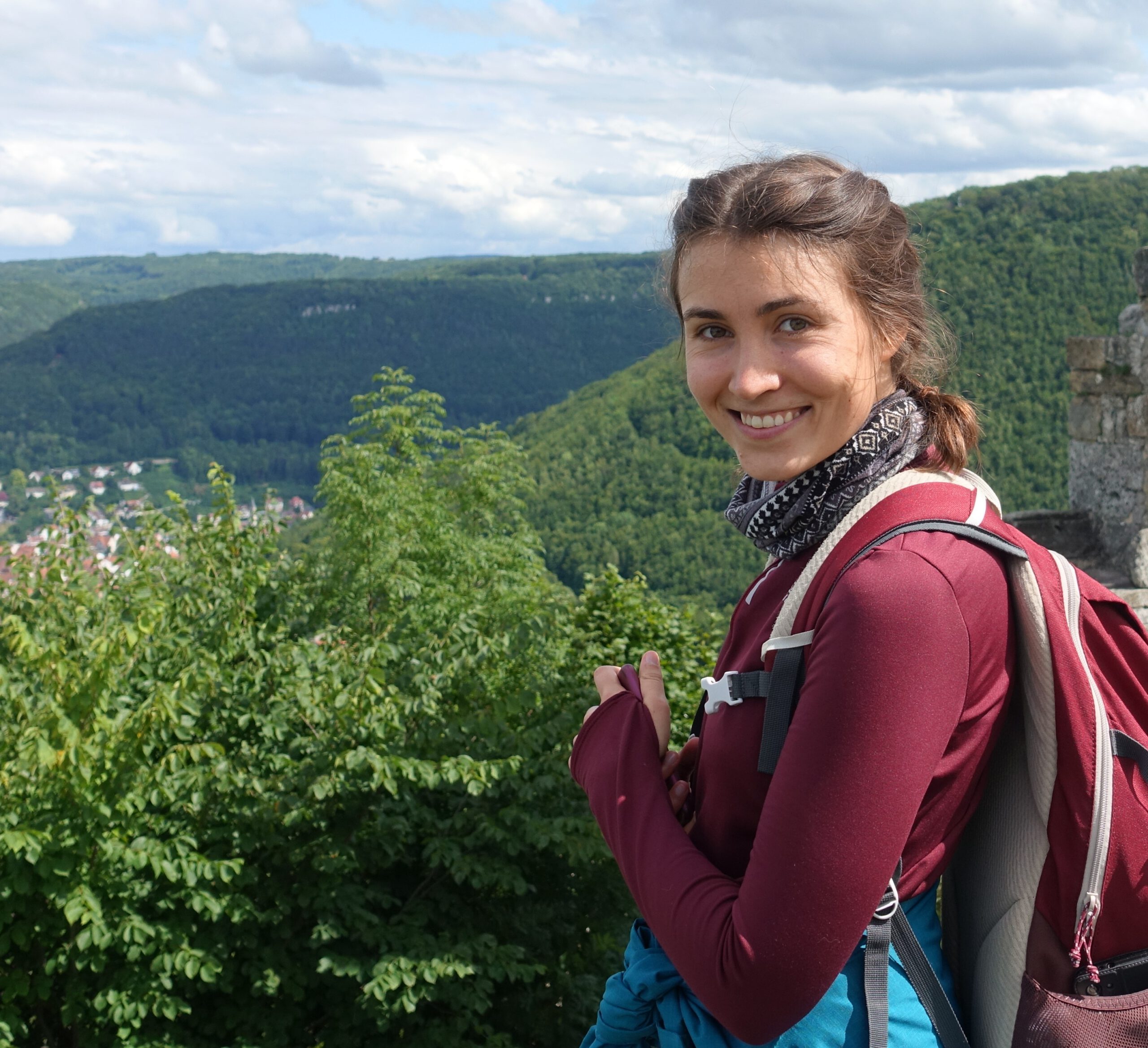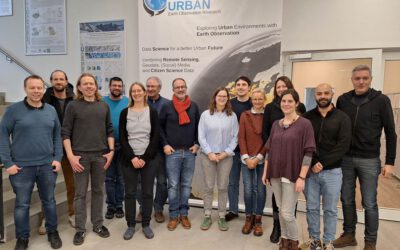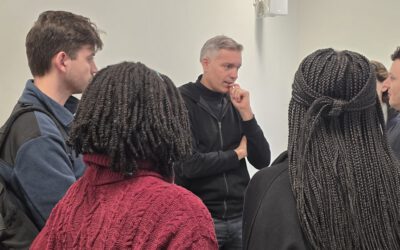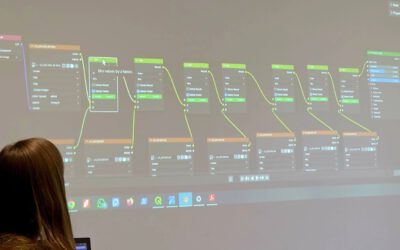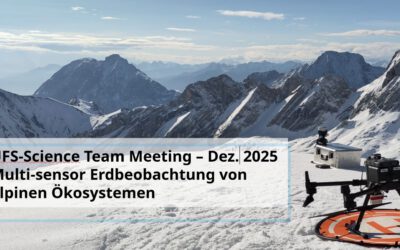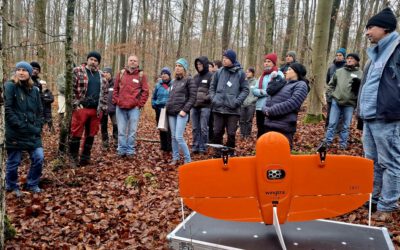Sofia Haag joined the EORC in February 2025 as a research assistant for the EO4CAM project.
After completing her Bachelor’s degree in Geography at the University of Heidelberg, she pursued her Master’s in Applied Physical Geography at the University of Würzburg.
Sofia has gained practical experience through internships at an engineering firm focused on heavy precipitation risk management and at the Bavarian State Office for the Environment (LfU Bayern) in the “Flood Protection and Alpine Natural Hazards” department.
Her master’s thesis dealt with the analysis of heavy precipitation events in the Rhön Biosphere Reserve and the event-based modeling of a heavy precipitation event.
For her PhD within EO4CAM, she will focus on georisks, specifically hydrological modeling and surface runoff related to heavy precipitation, with a potential extension to soil erosion and land use changes.

